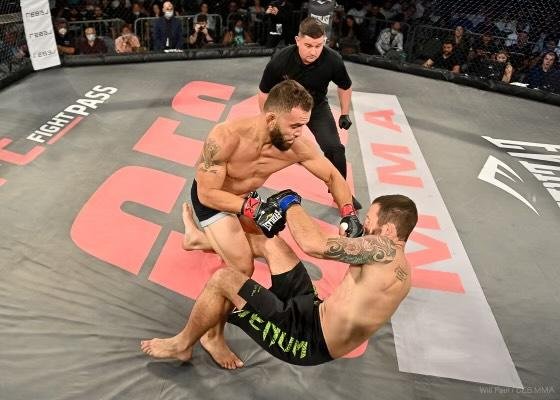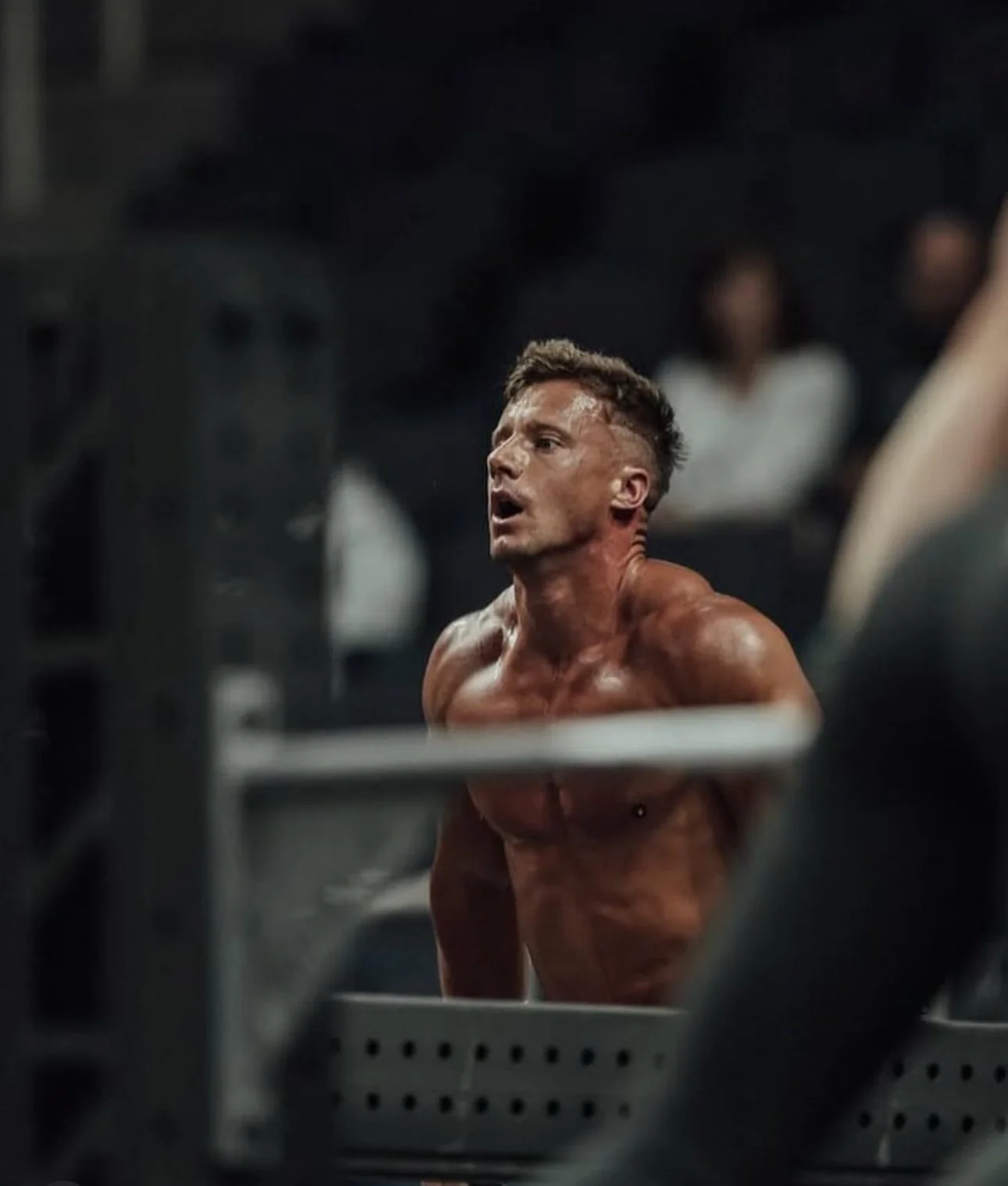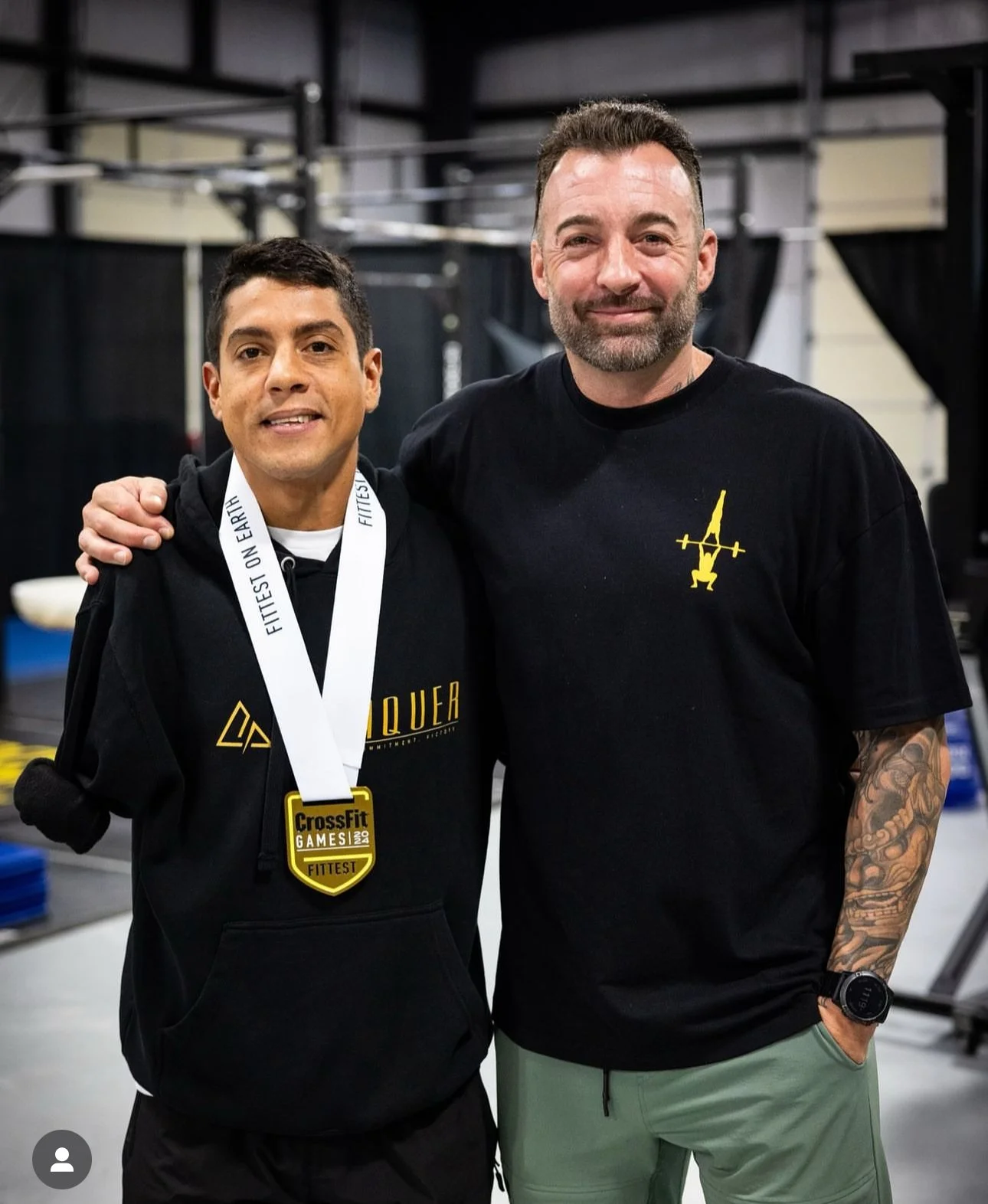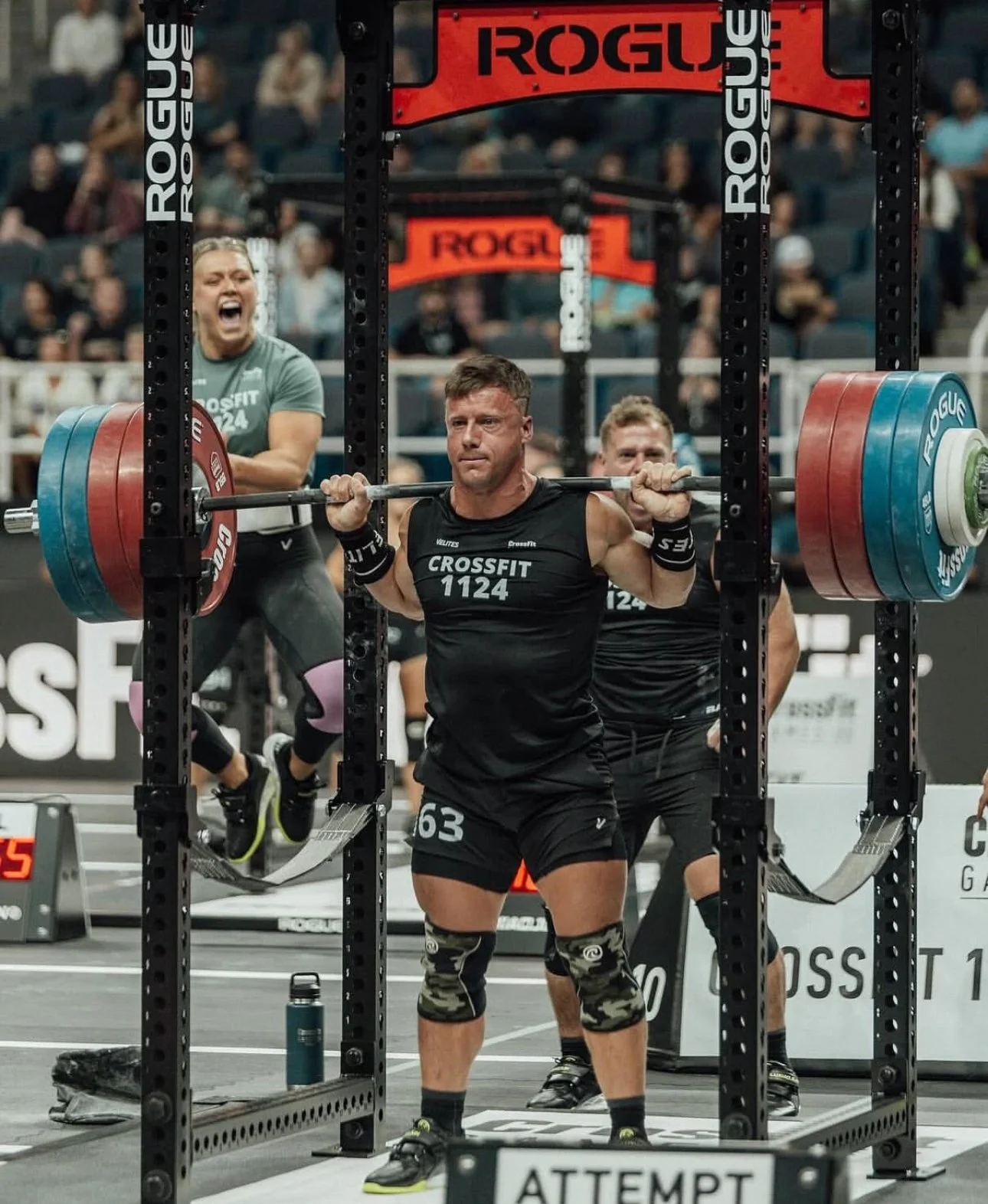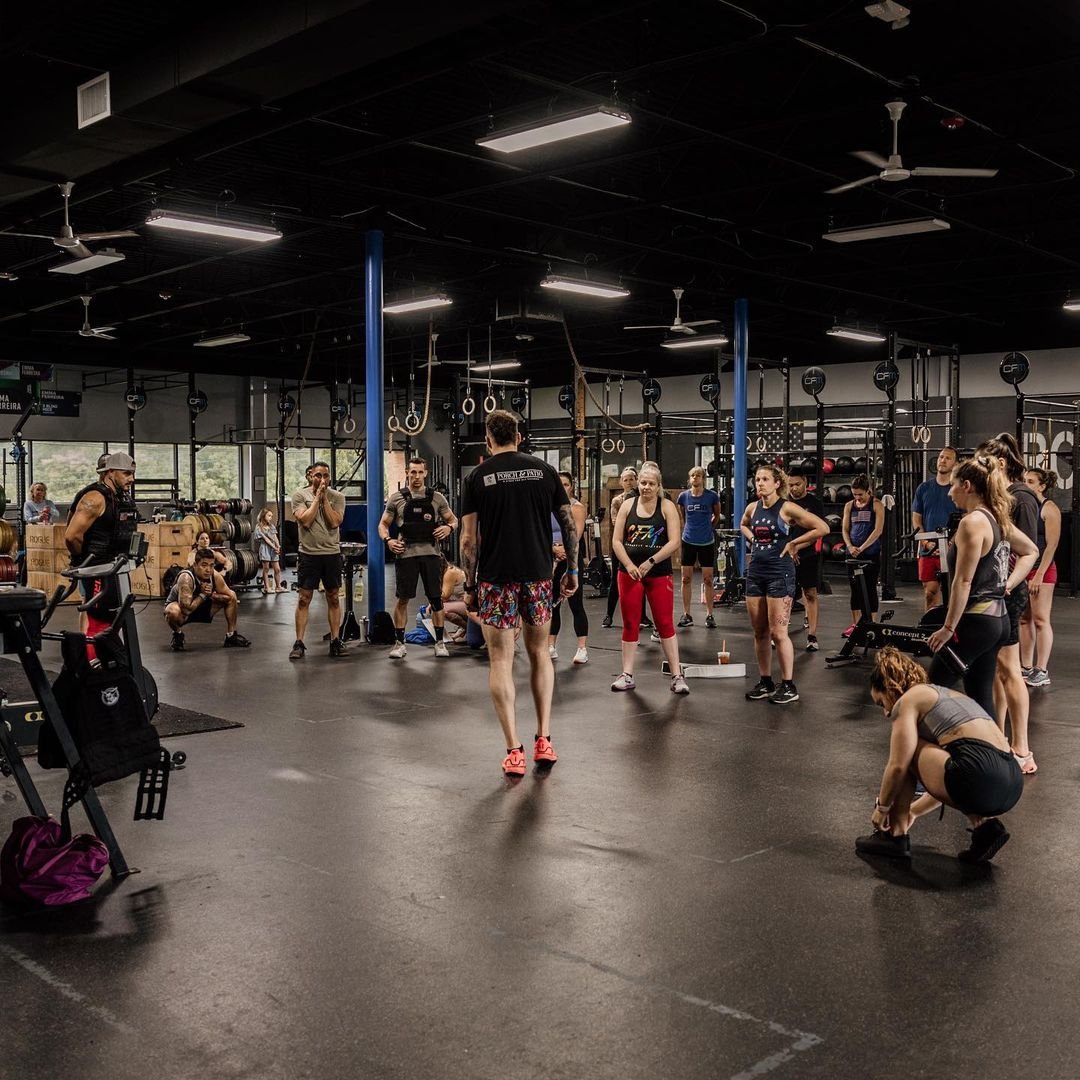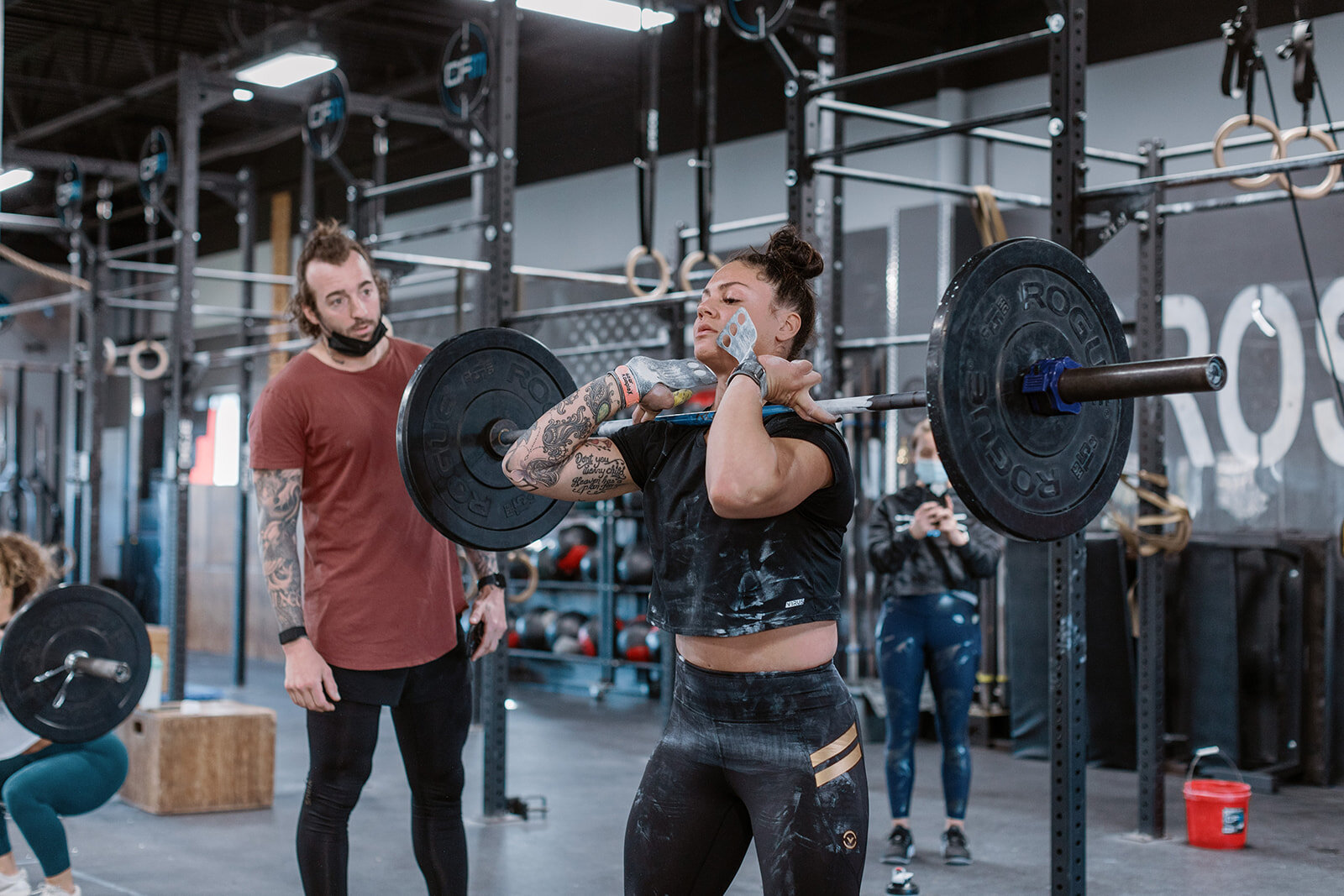
Conquer CrossFit Blog
Functional Fitness Tips, CrossFit News, & More
Fostering a Growth Mindset: Your Competitive Edge
When it comes to competing at a high level, talent alone won’t carry you. What separates athletes who plateau from those who continue to improve is often mindset—specifically, a growth mindset. This is the belief that your abilities can be developed through effort, strategy, and feedback. Athletes with a growth mindset see challenges as opportunities, mistakes as lessons, and effort as the pathway to mastery.
Creating Buy-In: The Key to Athlete Adherence
One of the biggest challenges coaches face isn’t designing the perfect program—it’s getting athletes to actually follow it. You can have the most scientifically sound plan in the world, but if your athletes aren’t committed, it doesn’t matter. Buy-in is everything, and it’s the cornerstone of adherence and long-term progress.
Coaching the Mindset
Great programming falls flat if the athlete’s mindset is fragile. The job isn’t just writing sets and reps—it’s shaping how an athlete thinks, decides, and responds under stress. Below is a value-packed, coach-first guide you can plug straight into training this week.
Zone 2 vs HIIT for CrossFit & HYROX: What Actually Builds Your Chances?
If your goal is better results in mixed-modal sports like CrossFit and HYROX, both Zone 2 work and HIIT matter—just for different reasons.
Key Ways to Get Better at CrossFit: Proven Strategies for Performance
If you want to get better at CrossFit, it’s not about chasing trends or random WODs—it’s about strategic, consistent, and purposeful training. At Conquer Athlete, we help athletes build strength, skill, and endurance to reach measurable results.
Reset Your Mindset: Mental Training Tips for Masters Athletes in CrossFit
As Masters athletes, the challenge of pursuing new CrossFit goals isn’t just physical—it starts in the mind. Years of training, competition, and experience have built resilience, but old patterns and self-limiting beliefs can hold you back. Resetting your mindset is the key to unlocking higher levels of performance and achieving new milestones in CrossFit.
Why Champions Compete and Others Just Work Out
Most athletes think the gap between them and a champion is capacity. That’s partially true, but It’s also execution under pressure, the ability to deliver your plan when the room gets loud, the clock gets short, and the bar feels heavier than it did in training. Competition is just an amplifier; it turns your habits into headlines. Champions build habits that hold.
Here’s what they do differently, and how you can start doing it today.
Being a Better Coach
Coaches, let’s get clear: your job isn’t to worship a template—it’s to get results for the human in front of you. That means you don’t need to follow a traditional outline to the letter. You do need to understand the principles that make any method work. Principles are the operating system; methods are the apps. If you don’t know the OS, you’re just guessing which app will open the file.
Read more about the non-negotiables I expect every coach on my staff to know.
A letter to an aspiring CrossFit athlete
“Dear aspiring CrossFit Athlete, I remember my first time walking into a box—raw plywood walls, chalk in the air, and barbells rattling against the floor. I felt equal parts inspired and overwhelmed. Two decades later I’ve coached podium finishers, military operators, and weekend warriors, and one truth keeps surfacing: longevity beats flashes of brilliance every single time. The sport rewards consistency, humility, and deliberate progression. It punishes ego, impatience, and sloppy recovery. Consider this letter your roadmap for the seasons ahead.” Click to read more from Conquer Head Coach Jason Leydon.
How to Have Grit When You’re Competing
When the lights hit, the music spikes, and your heart rate is already sitting 15 beats above baseline before the clock even starts—grit is what keeps you together. Not talent. Not hype. Grit. The willingness to stay present, keep pushing with intent, and solve problems when your lungs, legs, and ego are screaming to bail.
This isn’t motivational fluff. Grit is a skill set: a cluster of behaviors and mindsets you train, rehearse, and execute under pressure. Here’s how to build it and call on it when it matters most.
The Conquer Athlete Guide to Faster Progress for CrossFit & Masters Athletes
Older athletes face lowered anabolic hormones, slower collagen repair, and higher baseline stress. They therefore need an even sharper focus on sleep hygiene, protein timing, mobility maintenance, and parasympathetic activation through practices such as breathwork or meditation. Proper recovery converts training from joint-grinding punishment into forward momentum and longevity.
Micronutrients Matter
Welcome to a deeper dive into the world of sports nutrition, where we magnify the crucial yet often underestimated role of micronutrients. In this edition, we delve into essential vitamins and minerals that power athletic performance, how can implementation optimize fitness, and draw lessons from real athlete case studies on overcoming common deficiencies.
Exploring the Role of Leucine in Post-Workout Recovery (Part 2 of 2)
Recent studies have brought leucine to the forefront of nutritional science, particularly regarding its role in post-exercise recovery. Research from the University of Toronto and associated institutions has demonstrated that leucine-enriched essential amino acids are instrumental in enhancing recovery from muscle damage incurred during exercise. This benefit is distinct from the traditional mechanisms of protein synthesis, offering a unique avenue for muscle repair.
Leucine: Maximizing Recovery for CrossFit Athletes (Part 1 of 2)
CrossFit athletes, known for their rigorous training encompassing high-intensity cardio, weightlifting, and plyometrics, face unique recovery challenges. Leucine, an essential amino acid, emerges as a key factor in post-exercise recovery. Studies, including those from the University of Toronto, highlight that leucine-enriched essential amino acids are effective in repairing muscle damage after intense workouts—a common scenario in CrossFit. Leucine's collaboration with insulin in enhancing muscle protein synthesis is particularly beneficial for CrossFit athletes, who often engage in diverse and demanding exercises.
How to Use Progressive Overload to Build Aerobic Capacity
In the sport of CrossFit, you may have heard the phrase “that athlete has an engine”. What that really means is the athlete is very aerobically fit. This athlete who is known to have an engine will look like they can just keep going for hours on end, without ever needing to stop. An athlete's aerobic capacity is the base of their performance. Aerobic capacity is the maximum amount of oxygen an athlete can utilize for a period of time.
Ways for CrossFit Masters Athletes To Avoid Burnout
Burnout is no joke; you begin to see a dip in performance, increased anxiety around training, and just generally feel like you don’t want to “grind” anymore. Some people would say that you’re not burnt out, but rather you're just under-recovered… Personally, I think that’s bullshit.
How to Optimize Recovery In CrossFit & More
When considering all the ways that someone could maximize performance, one thing that is typically mentioned but maybe under-appreciated is recovery. That’s not to say that good behaviors around recovery do not exist, it’s that it seems to get an uneven amount of attention as compared to the actual training program.
The Best Ways To Recover From a CrossFit Workout
There is a saying that goes like this, “There is no such thing as overtraining, only under-recovering.” Now, I am not sure I fully agree with that, because I feel that if I wanted to, I could put anybody in a training hole. However, recovery in itself is an artform.

